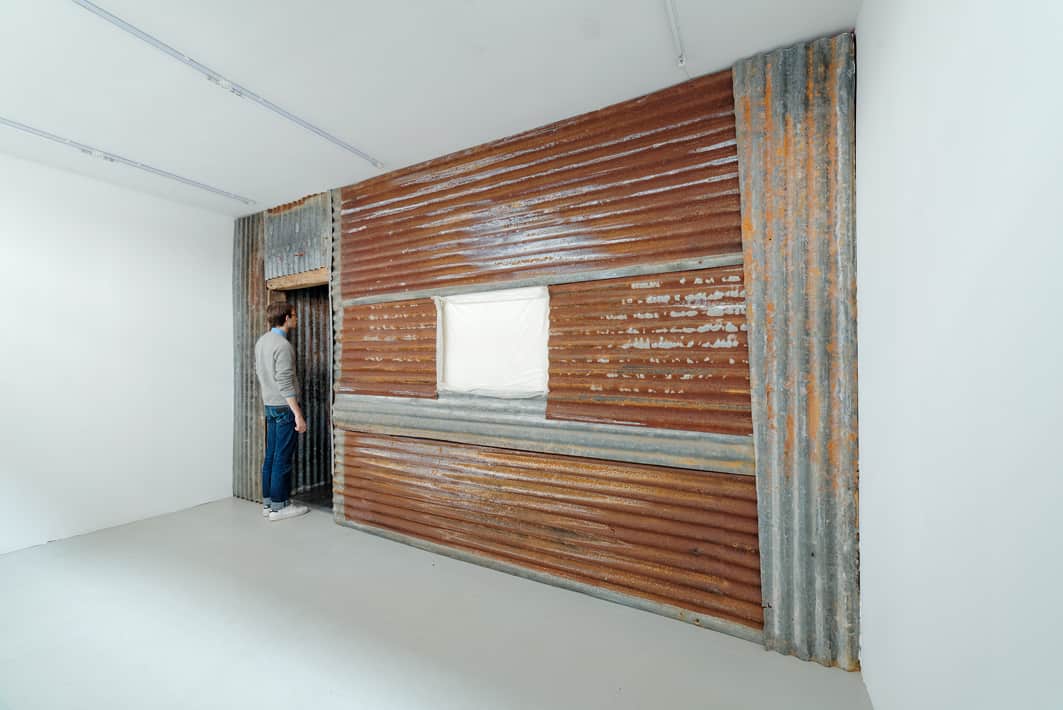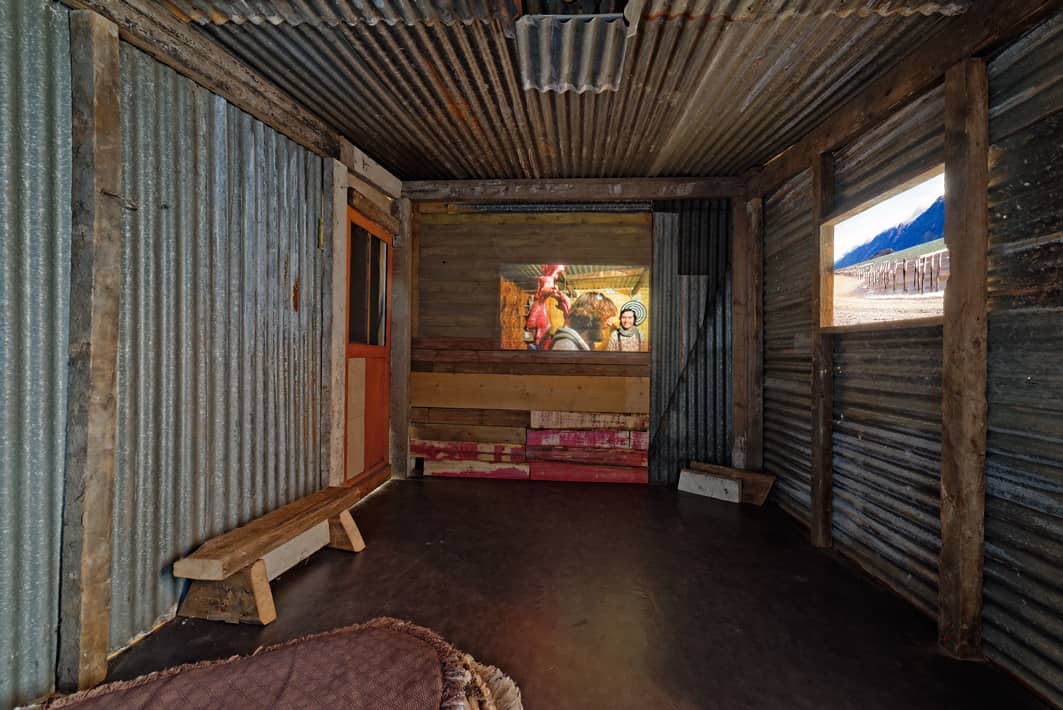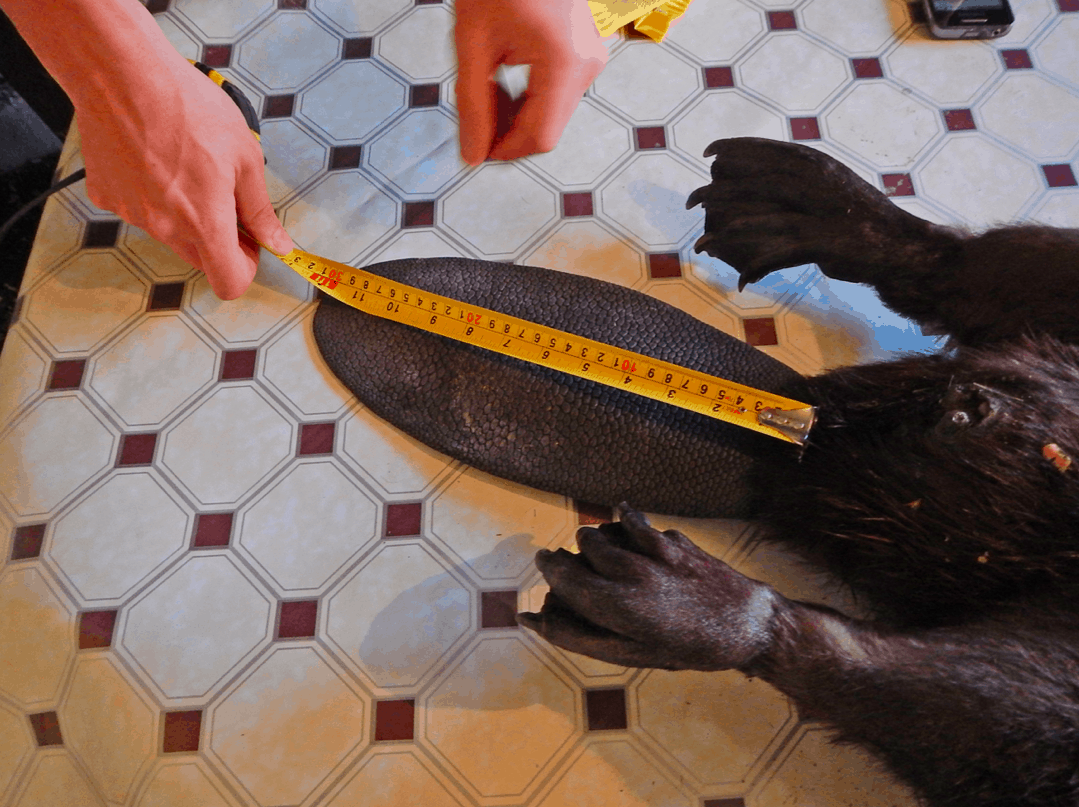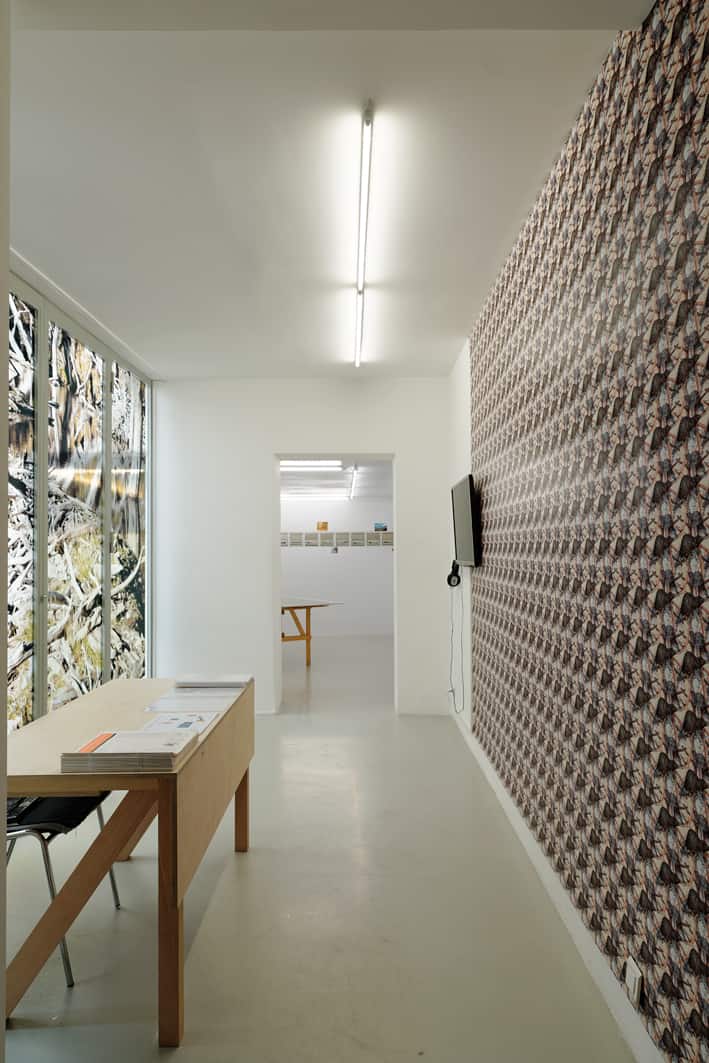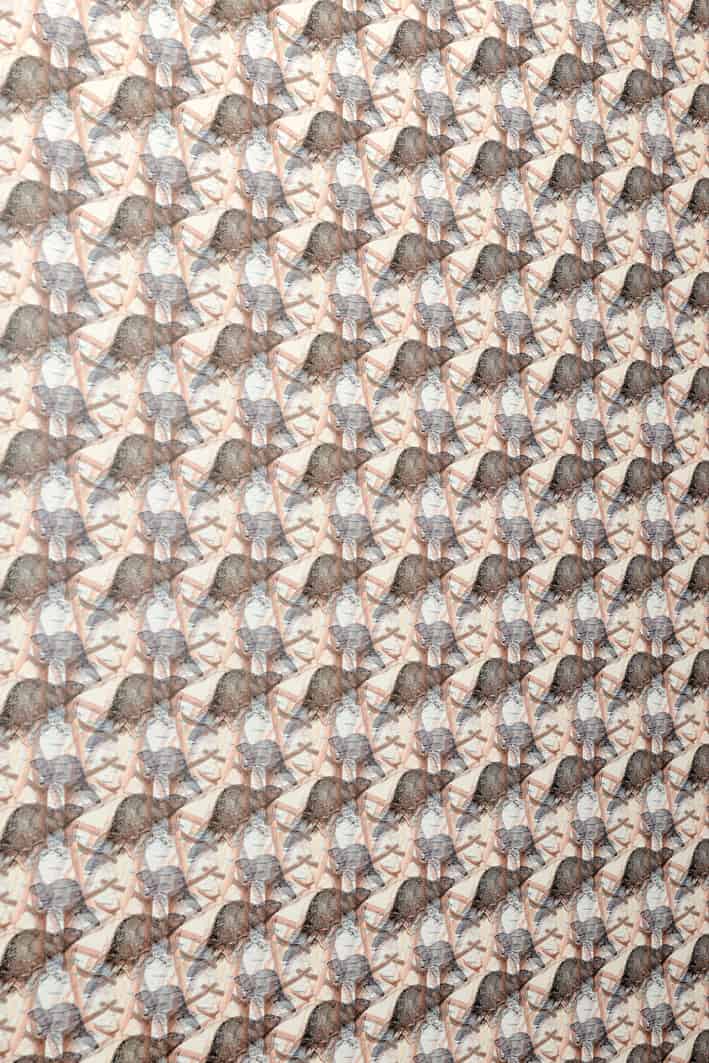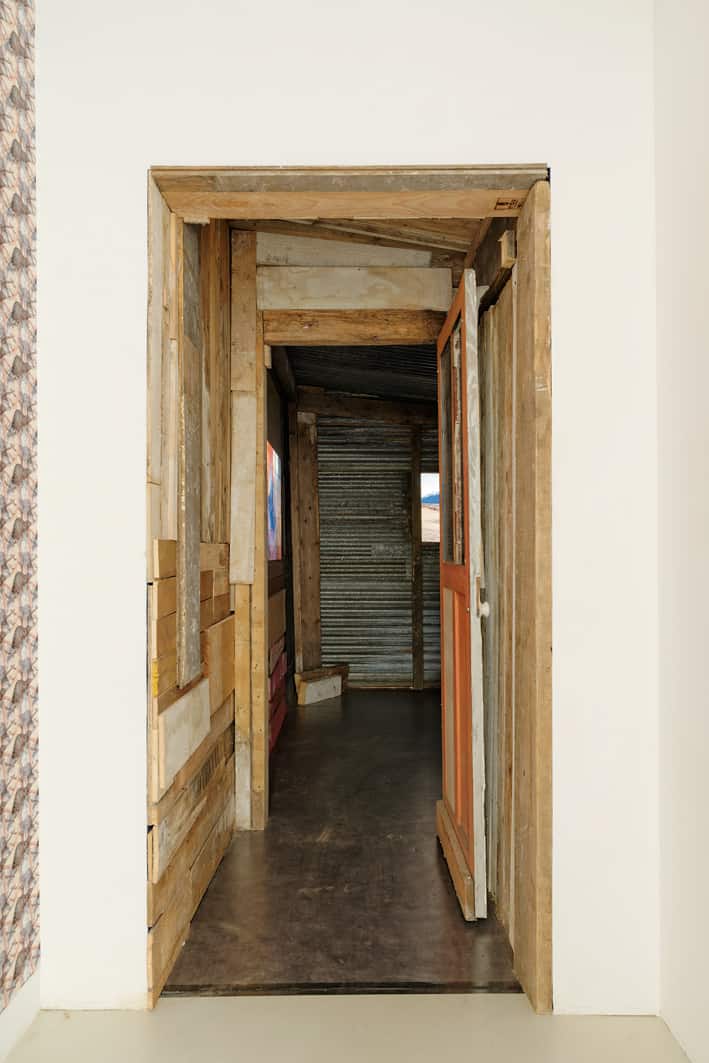Press Release
Beyond the End is an exhibition dedicated to a research and residency program initiated in 2010 in Tierra del Fuego by curator Camila Marambio. Over the years, the Ensayos residencies have given shape to a dialogue between artists, scientists, local inhabitants and Karukinka Natural Park. Based on the premise that only creative collaboration can efface frontiers in the field of biocultural conservation, Ensayos enacts the complex interdependence of humans, non-humans and matter with the urgency of maturing aesthetic sensibility in the face of scientific discoveries. The work in the exhibition attempts to give form to this multidisciplinary, multispecies research-based project.
With: Derek Córcoran (ecologist), Christy Gast (artist), Giorgia Graells (biologist), Émilie Hache (philosopher), Geir Tore Holm & Søssa Jørgensen (artists), Fabienne Lasserre (artist), Myriam Lefkowitz (performer), Carla Macchiavello (art historian), Camila Marambio (curator), Maria Luisa Murillo (artist), Laura Ogden (anthropologist), Amanda Piña (choreographer & artist), Alfredo Prieto (archeologist), Maria Prieto (urban and biodynamic farmer), Bárbara Saavedra (ecologist), Carolina Saquel (artist) and Sofia Ugarte (sociologist).
From Tierra del Fuego…
After observing and interacting with the methods used by a group of conservation biologists working in Karukinka Natural Park in Tierra del Fuego (Chilean Patagonia), Camila Marambio, an independent curator, was stirred to question the uselesness of art. That is why, in 2010, she convinced Dr. Bárbara Saavedra, the ecologist who directs the park, to include artists as researchers. Together they organized a meeting that took place in February 2011, during which eighteen people (artists, scientists, local islanders and park rangers) met in Tierra del Fuego to speculate on some of the pressing conservation issues with the intention of unveiling the potential of transdisciplinary research.
This first inquiry residency trip to Karukinka was called ‘‘Ensayo #1’’, and later gave the whole initiative its name, ENSAYOS (Essays if we translate into English), due to the pragmatic trial-and-error approach which offers the possibility of rehearsing other ethics and worldings in search of novel ways to steward the environment.
With this desire in mind, ‘‘Essayo #1’’ drafted some issues to be addressed by three different groups of researchers. These are: the handling of the castor canadensis (the beaver is considered an invasive species by the scientific community in Tierra del Fuego), the governance of the archipelago’s coastal areas, and the Island’s social history.
…To the exhibition at Kadist (Paris)
Given that the “beaver problem” is considered to be the biggest threat to the conservation of biodiversity in Tierra del Fuego, Ensayo #2 picked up on this issue. From a dialogue between artist Christy Gast, Bárbara Saavedra, Camila Marambio, anthropologists Laura Ogden and Melissa Memory, and biologists Derek Córcoran and Giorgia Graells, an initial inquiry arose: how could they, as a research group, include the beaver in the decision making process about its own future on the island? This led them to rehearse various ways of listening to the beavers on the island, and to hear the call of other non-humans that demand fair attention. The beaver issue, represented in the first part of the exhibition Beyond the End at the Kadist Foundation in Paris, has broadened the scope of aesthetic viewpoints: in this dialogue between species and between disciplines there is an unexplored potential for action and reflection leading towards a practice of rhizomatic imagination that dissolves even the notion of species.
Tierra del Fuego in the city of enlightenment
Beyond the End, at Kadist Paris, gives researchers and artists the opportunity to gather for a one-week work session to discuss the matters that will concern ‘‘Ensayo #3’’. Articulated as a series of attempts to reach beyond questions about the subject and its identity, ways of knowing and how we know, humanity as the only form of culture, the work-week will aim at new types of questions: What is beyond us? What is non-human (within and around us)? or What is human from the perspective of the other? To inaugurate an inquiry into a post-human geography of Tierra del Fuego.
This work-week will take place after the opening (from June 1st to Saturday 7th), and include a series of presentations, screenings, performances and public actions, presented at Kadist, Musée de la Chasse et la Nature, Ciné 13 and Museum National d’Histoire Naturelle.
Más Alla del Fin, the inaugural edition of Ensayos’ newspaper, will be released on the occasion of the exhibition. Editor, Art Historian Carla Macchiavello, invited Chilean researchers to contribute hyper-local, first person accounts of their encounters and impressions of Tierra del Fuego.
Download the program: https://kadist.org/program/programme-beyond-the-end/
Read more about the Ensayos’ newspaper: https://ensayostierradelfuego.net/periodical/kiosko-timaukel/
Read the article published in DOMUS:http://www.domusweb.it/en/art/2014/06/30/beyond_the_end.html
Notes
1- Karukinka means Tierra del Fuego (Land of Fire) in the Selk’nam language.
2- In 1889, to celebrate one hundred years of “Freedom, equality, brotherhood”, Paris hosted a Universal Exhibition that had amongst its “attractions” a gleaming Eiffel Tower and a “Human Zoo”, where nine Selk’nam from the Tierra del Fuego Island were on show amongst four hundred other indigenous people.
With the support of Ensayos Council of Advisors, Tigertail Artist Access Grant, WCS Chile Karukinka, Musée de la Chasse et de la Nature, SciencesPo/SPEAP, OCA (Office of Contemporary Art Norway), Galeria Patricia Ready, Sophiapol, Muséum National d’Histoire Naturelle, Antenna Corporación Cultural, Dan and Kathryn Myksell and MAVI (Museo Artes Visuales).
Press Release
Beyond the end es una exposición dedicada a un programa de investigación y una residencia que se inició en 2010 en Tierra del Fuego por la curadora Camila Marambio. Con los años, las residencias de Ensayos han dado forma a un diálogo entre artistas, científicos, habitantes locales y el Parque Natural Karukinka. Basado en la premisa de que sólo la colaboración creativa se puede borrar las fronteras en el campo de la conservación biocultural, Ensayos promulga la compleja interdependencia de los seres humanos, no-humanos y materia con la urgencia de maduración sensibilidad estética en la cara de los descubrimientos científicos. El trabajo en la exposición trata de dar forma a este proyecto basado en la investigación multidisciplinaria, de múltiples especies.
Con: Derek Corcoran (ecologista), Giorgia Graells (biólogo), Émilie Hache (filósofo), Geir Tore Holm y Sossa Jorgensen (artistas), Fabienne Lasserre (artista), Myriam Lefkowitz (coreógrafo), Carla Macchiavello (historiador del arte), Camila Marambio (curadora), María Luisa Murillo (artista), Laura Ogden (antropólogo), Amanda Piña (coreógrafo), Alfredo Prieto (arqueólogo), María Prieto (agricultor urbano y biodinámica), Bárbara Saavedra (ecologista), Carolina Saquel (artista) y Sofía Ugarte (sociólogo). Y Christy Gast (artista en residencia)
Desde Tierra del Fuego …
Después de observar e interactuar con los métodos utilizados por un grupo de biólogos de la conservación trabajando en el Parque Natural in Karukinka en Tierra del Fuego (Patagonia chilena), Camila Marambio, curadora independiente, se puso a cuestionar la utilidad del arte. Por eso, en 2010, ella convenció Dr. Bárbara Saavedra, ecologista que dirige el parque, para incluir a artistas como investigadores. Juntos organizaron una reunión que tuvo lugar en febrero de 2011, durante los cuales dieciocho personas (artistas, científicos, isleños locales y guardaparques) se reunieron en Tierra del Fuego para especular sobre algunos de los temas de conservación urgentes con la intención de desvelar el potencial transdisciplinario de la investigación.
Este primer viaje de residencia a Karukinka se llamaba” Ensayo # 1”, y más tarde dio a toda iniciativa de su nombre, ENSAYOS, debido al enfoque de ensayo y error pragmático que ofrece la posibilidad de ensayar otras éticas y los mundanos en busca de nuevas formas de mayordomo del medio ambiente. Con este deseo en mente,” Essayo # 1” redactó algunos temas que serán abordados por tres grupos diferentes de investigadores. Estos son: el manejo del castor canadensis (el castor es considerado una especie invasora por la comunidad científica en Tierra del Fuego), la gobernanza de las áreas costeras del archipiélago, y la historia social de la isla.
… Hasta la exposición en Kadist (Paris)
Teniendo en cuenta que el “problema del castor” es considerado como la mayor amenaza para la conservación de la biodiversidad en la Tierra del Fuego, Ensayo # 2 recogido en este tema. De un diálogo entre los artistas Christy Gast, Bárbara Saavedra, Camila Marambio, antropólogos Laura Ogden y Melissa Memory, y los biólogos Derek Corcoran y Giorgia Graells, una investigación inicial surgió: ¿cómo podrían, como grupo de investigación, incluyir el castor en la toma de decisiones procesar acerca de su propio futuro en la isla? Esto los llevó a ensayar diversas formas de reproducir los castores en la isla, y para escuchar la llamada de otros no-humanos que requieren atención justa. La cuestión de castor, representada en la primera parte de la exposición Beyond the end de la Fundación Kadist en París, ha ampliado el alcance de los puntos de vista estético: en este diálogo entre las especies y entre las disciplinas existe un potencial inexplorado para la acción y la reflexión líder hacia una práctica de la imaginación rizomática que disuelve incluso la noción de especie.
Tierra del Fuego en la ciudad de la iluminación
Beyond the end, en Kadist París, ofrece a los investigadores y artistas la oportunidad de reunirse para una sesión de trabajo de una semana para discutir los asuntos que se referirán a” Ensayo # 3”. Articulado como una serie de intentos de llegar más allá de preguntas sobre el tema y su identidad, formas de conocimiento y como sabemos, la humanidad como la única forma de cultura, la semana de trabajo tendrá como objetivo los nuevos tipos de preguntas: ¿Qué es más allá de nosotros? ¿Qué es la no-humano (dentro y alrededor de nosotros)? o ¿Qué es el ser humano desde la perspectiva de la otra? Para inaugurar una investigación sobre una geografía post-humano de la Tierra del Fuego.
Esta semana de trabajo se llevará a cabo después de la apertura (del 1 de junio al sábado 7), e incluirá una serie de presentaciones, proyecciones, performances y acciones públicas, presentado en Kadist, Musée de la Chasse et de la Nature, Ciné 13 y el Museo Nacional de Historia Natural.
Puede descargar el programa aquí:
http://www.kadist.org/en/programs/all/1867
Más allá del Fin, la primera edición del periódico Ensayos ‘, se dará a conocer con motivo de la exposición. Editor, Historiador del Arte Carla Macchiavello, invitó a los investigadores chilenos para contribuir hiper-locales, cuentas en primera persona de sus encuentros e impresiones de Tierra del Fuego.


